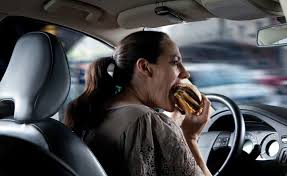This is a big deal to begin making effective change in slowing traffic speeds and saving lives. #slowthecars. First, we need to understand how traffic speeds have been set by the National Committee on Uniform Traffic Control Devices (NCUTCD) . On any given street or road speed limits have been set according to the highest speed of 15% of drivers in free flowing conditions. “85th percentile rule,” which pegs the speed limit on any particular roadway to the speeds of the fastest 15 percent of drivers in “free-flowing conditions.” So if 85 percent of the drivers stay below 40 miles per hour and 15 percent of drivers exceed it, that becomes the speed limit, even if 40 miles per hour is a bit too fast for that roadway. The new language requires other criteria are used — like the presence of pedestrians — in setting speed limits, in addition to the 85th percentile rule.
Engineering Group Takes on High Speed Limits
By
Read about it:
https://usa.streetsblog.org/2019/01/18/engineering-group-helps-battle-high-speed-limits/


















